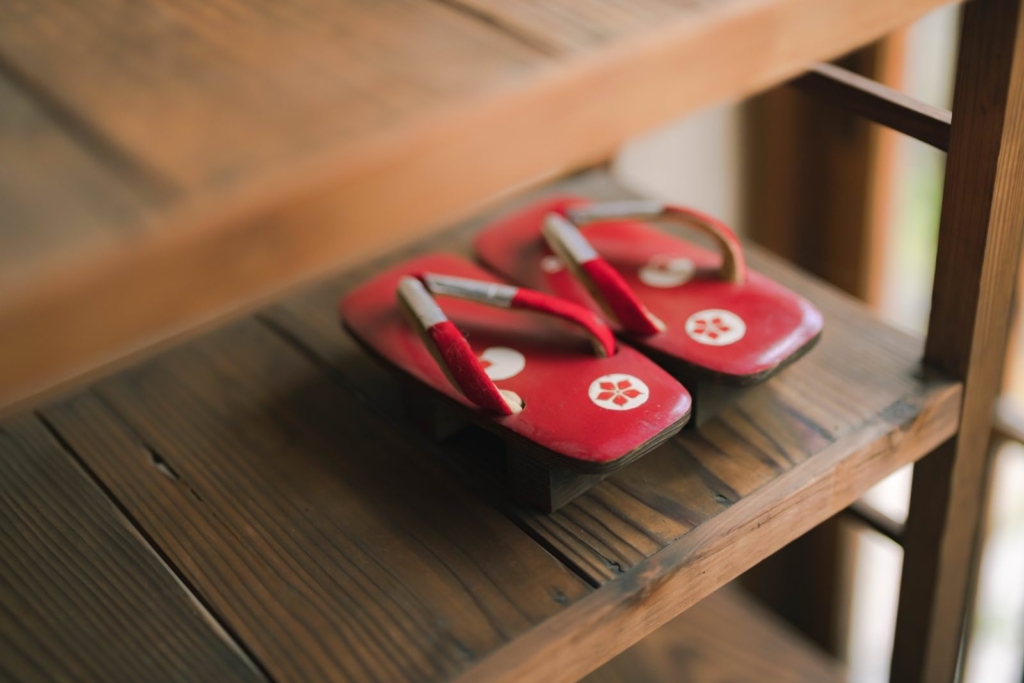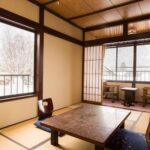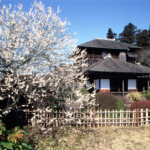Taking Off Shoes in Japan: A Cultural Practice and its Implications

Do you walk around your house with shoes on?
Be mindful when you come to Japan!
The reason being, it is a common rule to remove your shoes when entering a Japanese home, ryokan, traditional restaurants, temples, and Shinto shrines, amongst other traditional Japanese structures.
In a Japanese home, it is imperative to take off your shoes upon entering. This is to keep the house clean and is part of Japan’s traditional etiquette. Hence, stepping into a Japanese house with your shoes on is considered very rude.
But do you know where you should take off your shoes?
Once you learn, it will be easy to remember and perform.
When and how do you take off your shoes in Japan?
When you enter a traditional Japanese house or building, you remove your shoes at the entranceway, known as the “genkan(玄関)".
The genkan typically has a small step, and a tiled area called the “tataki(三和土)". You take off your shoes on this tataki, then step up onto the elevated area.
This act symbolizes the separation of the clean indoor area from the soiled outdoors.
Many houses in Japan have a shoe cupboard placed at the genkan. However, this shoe cupboard is usually for the residents of the house, so you don’t need to put your shoes in there. You just need to take off your shoes on the tataki.
In Japan it is considered impolite to turn your hips towards the house you are about to visit.
Therefore, when aligning your shoes, kneel so that the front of your body faces towards the inside of the house.
In order to enter the house quickly and efficiently, it is not good manners to turn your hips towards the house or its occupants, or to enter the house backwards while removing your shoes so that they are aligned.
Does that sound complicated?
Well, since you’re being invited as a “foreigner", you probably won’t be expected to get it perfect.
Slippers in the house
If you are offered slippers, wear them while walking around inside the house.
When entering a Western-style room, you don’t need to take off your slippers. However, in a room with tatami(畳) mats (Tatami is a traditional Japanese flooring material made of hardened straw, covered with woven rushes called tatami-omote, and framed with cloth around the perimeter.), you need to remove your slippers before entering.
However, even in Western-style rooms with carpets, some households may have a style of removing slippers, so in fact, it requires careful attention each time.
On tatami mats, you can walk with your socks or stockings on. The same rule applies in ryokan and traditional Japanese houses.
Slippers for the toilet
In addition, most Japanese households equip their toilets with a dedicated pair of slippers.
The inside of a toilet is considered a dirty place. Therefore, please change into the toilet slippers once you enter. And don’t forget to take them off when you exit the toilet.
If you neglect to do this, you might end up walking around the house in toilet slippers, which would inconvenience the residents of the house.
Public buildings, restaurants, and more
Ryokans(旅館), Japanese-style museums, temples(寺) and shrines(神社), and hot springs(onsen:温泉) often have shelves for visitors to place their shoes. You will place your shoes there just like everyone else.
In Japan, especially in traditional Japanese restaurants and restaurants with tatami rooms, you may be asked to remove your shoes. Here again, taking off your shoes serves both to maintain cleanliness and show respect.
Such rules are part of Japanese cultural customs, intended to maintain cleanliness and respect. Depending on where you’re visiting, it might be a good idea to check if you’ll need to remove your shoes indoors.
Although it might be a new experience for you, it is part of the fun of traveling in Japan!








